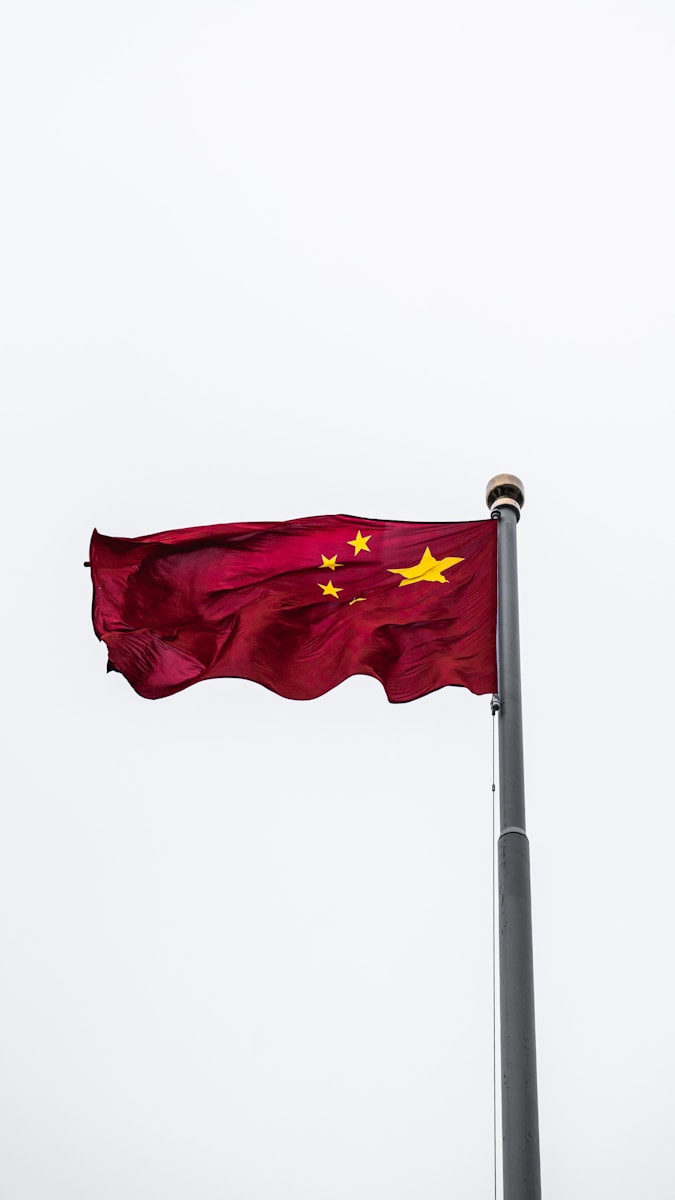Nvidia’s global sales data reveals a puzzling anomaly: nearly 28% of the company’s GPU revenue is billed through Singapore, yet less than 1% of these high-demand chips are actually delivered there. At first glance, this discrepancy raises eyebrows, but a deeper dive into global trade practices and geopolitical strategies uncovers a sophisticated network of supply chain dynamics, tax strategies, and potential regulatory loopholes.
Singapore: The Strategic Billing Hub
Singapore’s role as a financial and logistics powerhouse is central to understanding this phenomenon. As a global business hub known for its stable political environment, favorable tax policies, and robust legal framework, Singapore has long been a preferred location for multinational corporations to establish regional headquarters and billing centers. For Nvidia, routing transactions through Singapore offers financial efficiency, streamlined logistics, and potentially beneficial tax treatment.
However, in the case of Nvidia’s GPUs—especially given their critical role in AI research, data centers, and military applications—this centralized billing has sparked deeper scrutiny.
Bypassing Trade Barriers? The China Connection

The sharp mismatch between revenue and physical shipments has raised suspicions that Singapore is being used as a conduit for rerouting Nvidia’s GPUs to destinations under trade restrictions, notably China. Since October 2022, the U.S. government has imposed strict export controls on advanced semiconductor technologies to China, including Nvidia’s powerful AI chips, aiming to curb China’s ability to advance its military and AI capabilities.
Investigations by U.S. authorities have pointed to cases where Chinese firms, like DeepSeek, may have acquired restricted Nvidia chips through intermediaries in Singapore. This method exploits the fact that while billing is centralized in Singapore, the actual end-users of the GPUs can be located elsewhere, effectively masking the chips’ final destinations.
Singapore’s Stance and Global Trade Practices
Singaporean officials have pushed back against the notion that their jurisdiction is being exploited for sanctions evasion. Tan See Leng, Singapore’s Second Minister for Trade and Industry, emphasized that centralized billing practices are standard among global corporations and that the vast majority of Nvidia’s GPU shipments from Singapore are routed to clients in other countries. However, Singapore has also affirmed its commitment to international laws and is cooperating with investigations to ensure that its financial infrastructure is not misused.
This isn’t an isolated case. Singapore’s strategic role in global commerce often places it in the center of complex international trade flows, where goods, services, and financial transactions are routed through its ports and corporate offices, even if the physical products rarely stay within its borders.
The Bigger Picture: Supply Chains, Geopolitics, and AI Arms Race
The Nvidia-Singapore anomaly is a microcosm of the broader geopolitical chess game over advanced technologies. As nations race to dominate AI and quantum computing, control over semiconductor supply chains has become a focal point of global power struggles. The U.S. has tightened its export controls on semiconductor technologies, but workarounds through third-party countries and legal loopholes continue to challenge enforcement efforts.
For Nvidia, this means navigating a complex landscape where business efficiency sometimes collides with geopolitics. For regulators, it’s a wake-up call about the challenges of enforcing export controls in an era of globalized trade.
Final Thoughts
While the numbers may seem suspicious at first, the reality is nuanced. Singapore’s position as a global billing hub, combined with the strategic importance of Nvidia’s GPUs, has created a perfect storm where business interests, legal gray areas, and international policy collide.
As the demand for GPUs skyrockets—driven by AI research, data centers, and crypto mining—the stakes are higher than ever. And as the global supply chain continues to evolve, so too will the methods used to navigate its complexities.
Key Takeaways
- Singapore acts as a crucial intermediary for GPU distribution in Asia
- A 27% gap exists between reported sales and actual deliveries in Singapore
- Alternative supply chains help maintain access to advanced computing hardware
Singapore’s Strategic Role in Nvidia’s GPU Business
Singapore acts as a critical financial and logistical hub for Nvidia’s GPU operations, with revenue from Singapore reaching 28% of total sales while physical deliveries remain minimal.
Financial Significance of Asia-Pacific Market
Singapore has become a major revenue contributor for Nvidia. The country’s contribution to Nvidia’s revenue grew from 9.04% in Q3 2022 to 14.91% in Q3 2023.
The surge in revenue stems from Singapore’s position as a regional AI and data center hub. Local data centers drive substantial demand for Nvidia’s high-performance computing solutions.
Singapore’s stable business environment and strong financial infrastructure make it an ideal base for Nvidia’s Asia-Pacific operations.
Logistics and Distribution Hub Functionality
Physical deliveries to Singapore represent less than 1% of Nvidia’s revenue, indicating its primary role as a distribution center rather than an end-market.
The city-state serves as a strategic transit point for GPU shipments across Asia. Its world-class ports and efficient customs processes facilitate seamless regional distribution.
Singapore’s strong intellectual property protection and regulatory compliance standards make it a secure hub for managing Nvidia’s supply chain operations.
Understanding China’s Indirect Involvement
Singapore’s massive GPU trade serves as a key transit point for Chinese companies seeking access to advanced AI chips amid U.S. trade restrictions. Many shipments entering Singapore are redirected to Chinese data centers through complex distribution networks.
Trade and Tariff Impacts on GPU Distribution
Chinese firms face strict U.S. export controls on high-performance AI chips like the Nvidia H100 and advanced computing systems. This has created a surge in GPU purchases through Singapore-based intermediaries.
The trade route through Singapore helps Chinese companies avoid direct import restrictions while maintaining access to critical AI infrastructure. Singapore’s 0% tax rate on technology imports makes it an attractive transit point.
Recent data shows that over 75% of GPUs entering Singapore move on to Chinese destinations within 30 days of arrival. This includes both enterprise-grade AI accelerators and consumer gaming cards.
China’s Role in AI and Technology Market Growth
Chinese tech companies drive substantial demand for Nvidia’s data center GPUs to power large language models and AI applications. Major cloud providers expand their AI capabilities despite trade limitations.
The indirect supply chain through Singapore supports China’s rapid AI sector growth. Chinese firms invested $50+ billion in AI computing infrastructure in 2024.
Key applications include:
- Cloud computing services
- Natural language processing
- Computer vision systems
- Autonomous vehicle development
Singapore’s strategic location and business services make it an ideal distribution hub for China’s growing technology needs.







